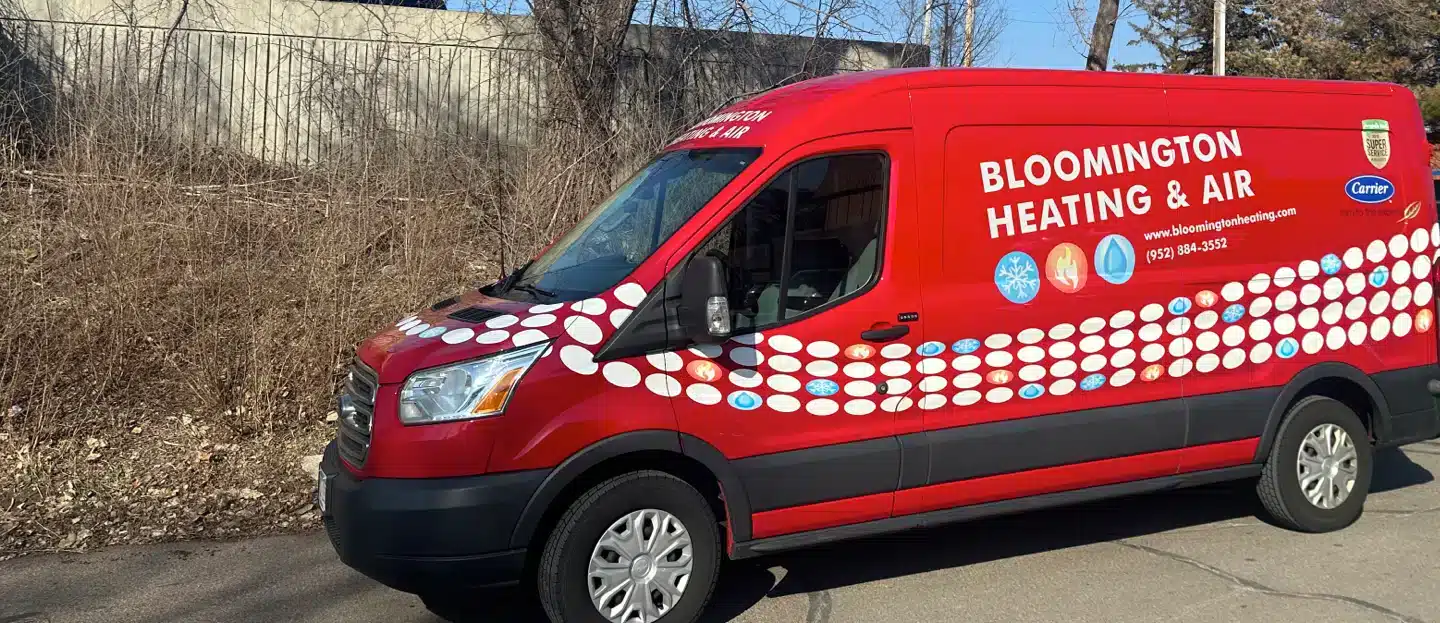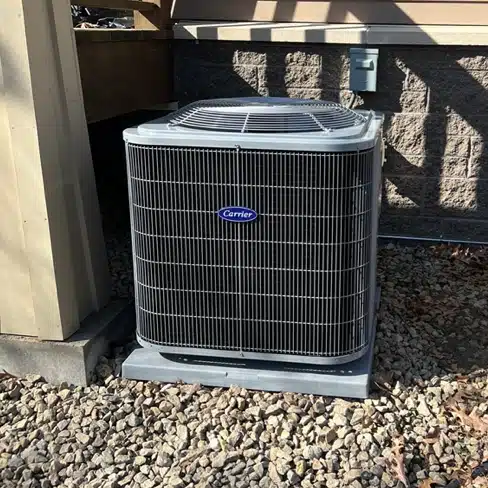
24/7 Emergency Phone Line
Family Owned & Operated
Licensed, Bonded & Insured
Heating & Cooling Terms You Should Know
The world of heating and cooling is filled with HVAC terminology, and keeping it straight can be confusing at times. However, it’s important to understand the various HVAC parts so you can be proactive in taking care of them. To help you better understand the system that’s responsible for keeping your home at the perfect temperature, Bloomington Heating & Air is providing this glossary of must-know HVAC terms.
When it’s time for air conditioning service, you can depend on us for 24/7 emergency AC repairs and AC maintenance. Contact us today to schedule your appointment.
Call (952) 884-3552BTU (British Thermal Unit)
If you’re in the market for a new AC, you’ve probably seen or heard about BTUs. A BTU is used as a measurement to convey how well the HVAC unit works. As a basic definition, BTU refers to how much energy is required to heat one pound of water. However, when it comes to the air conditioning portion, it means how much heat is removed from the air in your home.
Condenser Coil
The condenser is a set of coils located outside that uses a fan to dissipate the heat collected from inside the home. You should keep a minimum 2-foot clearance space around the unit to ensure its proper function.
Ductwork
Ducts are pathways installed behind walls or flooring that channel airflow into the various rooms of your home. They are usually made from lightweight materials, such as aluminum, galvanized steel, fiberglass, or plastic.
Dehumidifier
A dehumidifier removes excess water from the air by cooling it to the point of water turning from a vapor to a liquid.
Evaporator Coil
When using the air conditioner, warm air is pulled from the home and blown over the evaporator coil, which holds refrigerant in its vapor form. The refrigerant cools the air, converting the gas into a liquid that is then moved along to the condenser coil to be cooled again.
Fresh Air Intake
The point where fresh air is taken from the outside to replace ventilated air or provide air for combustion in the case of heating.
Gas Furnace
A gas furnace heats the home by converting natural gas or propane into heat, which can then be dispersed throughout the home.
Grille
The metal screening across a vent or air duct opening can be adjusted to change the airflow.
Heating Coil
The heating coil transforms electricity into usable heat, which is then dispersed throughout the home.
Heat Pump
When the air conditioner is in use, the heat pump pulls heat from the air inside the home and moves it outdoors. When the heater is in use, the heat pump pulls heat from the outdoors and delivers it inside.
Heat Exchanger
Located inside the furnace, the heat exchanger takes heat created in the furnace and dissipates it to the surrounding area.
HVAC
The HVAC acronym stands for Heating, Ventilation, and Air Conditioning.
MERV Rating
MERV stands for Minimum Efficiency Reporting Value and is used to rate the efficiency of air filters. A higher rating means that the air holes in a filter are smaller, thus blocking more debris and particles. While it may seem that a higher MERV rating is better, it’s important to only use filters with the rating that is correct for your HVAC system.
Radiation Or Radiant Heating/Cooling
When it comes to HVAC, radiation refers to a temperature moving from one surface to another. Radiant heating and cooling is often installed in the flooring of homes.
Refrigerant
Used in the air conditioning portion of the HVAC system, refrigerant can either be a liquid or gas and helps to remove heat from the air.
Refrigerant Lines
There are two copper refrigerant lines. The larger, insulated copper line is known as the suction line, and carries cool refrigerant gas. The smaller, uninsulated line, known as the liquid line, carries the warm refrigerant liquid.
SEER (Seasonal Energy Efficiency Ratio)
The SEER rating refers to the energy efficiency of the HVAC unit. The higher the rating, the lower the cost to run it will be. The SEER is determined by measuring the BTU against the energy output in watts.
Split System Or Zoned
An HVAC system that allows for the temperature to be individually controlled in different areas of a home. The system typically does not use a duct system, relying on wall mounts to deliver heating or cooling. A home can have several zones.
Thermostat
Signals the HVAC unit to turn on and off by monitoring the temperature in a given area.

